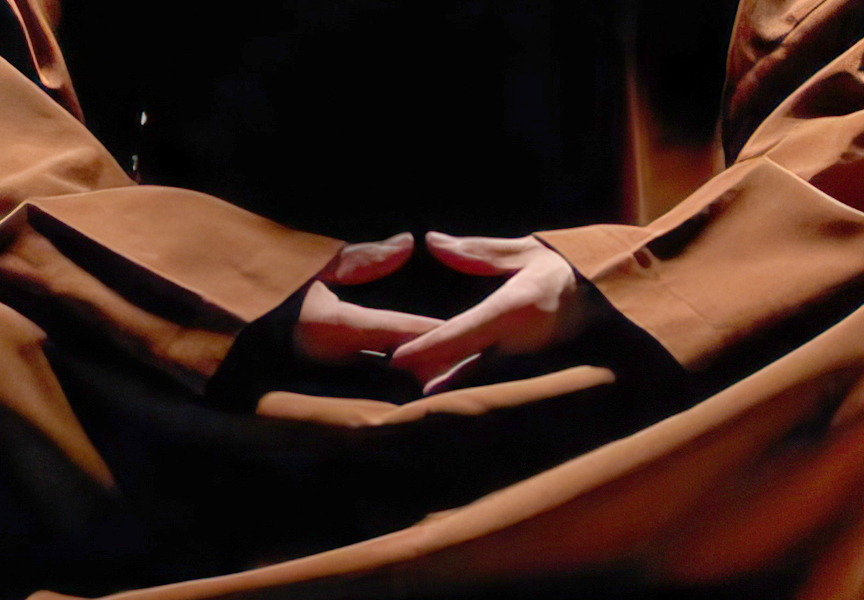Random Free Articles
- The Horse Stance in Shaolin Kung Fu
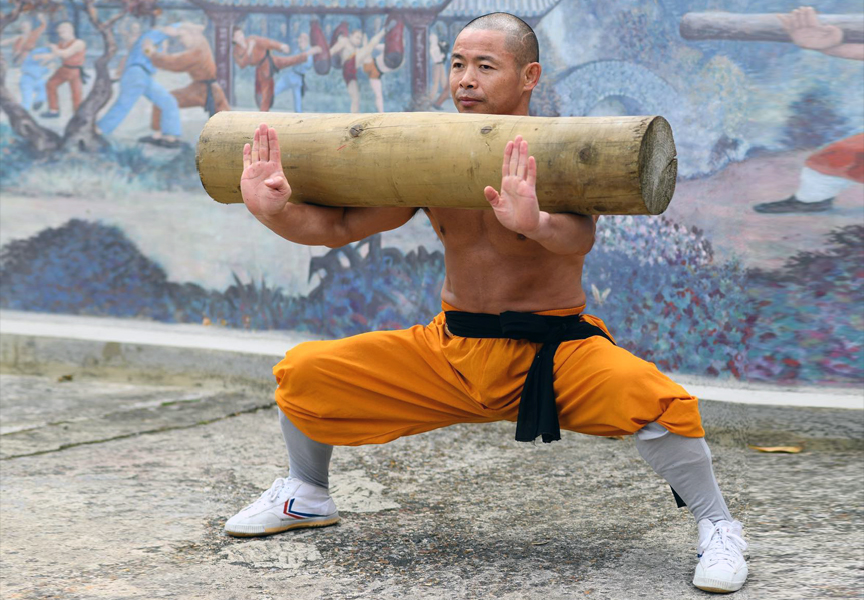
Shaolin Kung Fu, with its roots in ancient Chinese martial arts, is renowned for its diverse techniques and holistic approach to physical and mental well-being. At the heart of Shaolin training lies the Horse Stance, known as Mabu - [Chin.: mǎ bù 马步] in Chinese. This fundamental stance serves as the cornerstone of many martial arts disciplines, providing practitioners with a solid foundation for strength, balance, and internal energy…
- Regulating and Balancing Qi
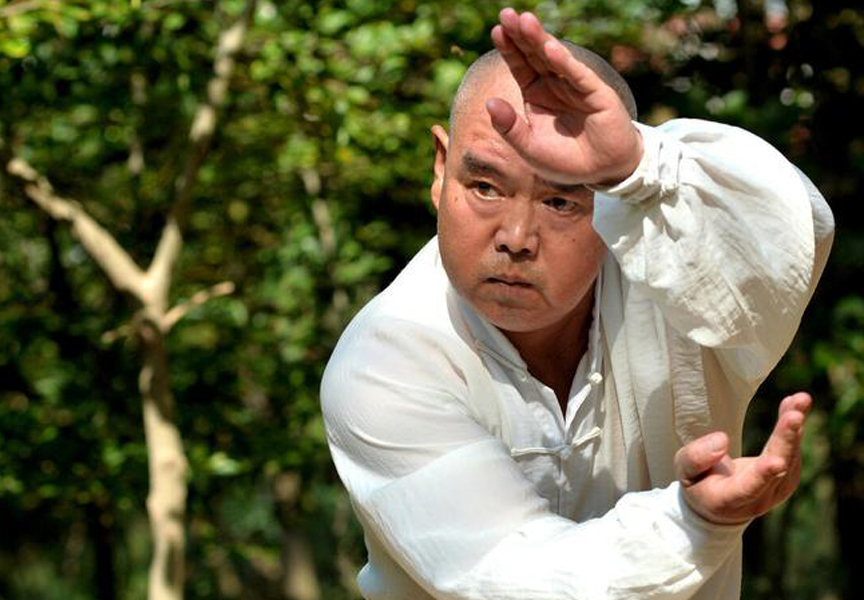
A Holistic Approach to Health and Well-Being The concept of Qi, often pronounced as "chi," is a fundamental principle in traditional Chinese medicine (TCM) and various Asian cultures. Qi represents the vital life force or energy that flows through the human body and the universe, influencing our physical, mental, and spiritual well-being. According to TCM, maintaining a harmonious flow of Qi is essential for good health. Regulating…
- Unlocking the Serenity Within
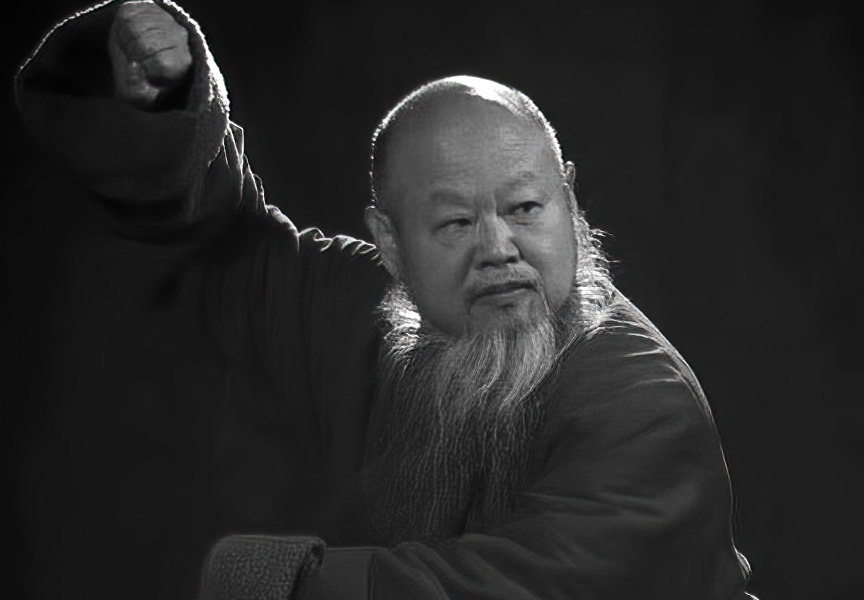
In a fast-paced world filled with stress and anxiety, it's essential to find ways to maintain physical and mental well-being. Shaolin Rou Quan, often referred to simply as Tai Chi, is an ancient Chinese martial art that has been practiced for centuries and is gaining popularity worldwide for its numerous health benefits. This gentle and flowing exercise combines mindfulness, slow and graceful movements, and controlled breathing to promote…
- Guide to Effective Self-Defense

In a world where unexpected dangers can lurk around any corner, knowing how to defend oneself is a crucial skill. While it's impossible to predict every potential threat, having a well-thought-out reaction plan can significantly increase your chances of escaping unharmed. This article aims to provide practical guidance on how to handle situations where you find yourself in danger and need to defend yourself. Stay Calm: One of the most…
- True Essence of Martial Arts
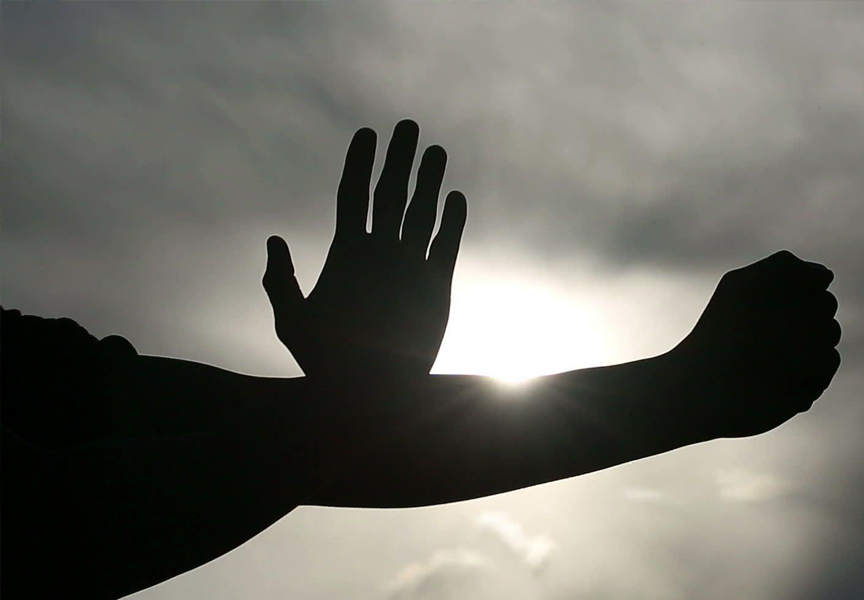
A Journey of Inner Cultivation In a world that often associates martial arts with physical prowess and the development of a sculpted body, it is time to shift our perspective and recognize martial arts as a form of art that transcends the boundaries of mere physicality. Beyond the kicks, punches, and acrobatics, martial arts demand a deeper commitment to inner cultivation, fostering a harmonious connection between the mind, body, and spirit.…

